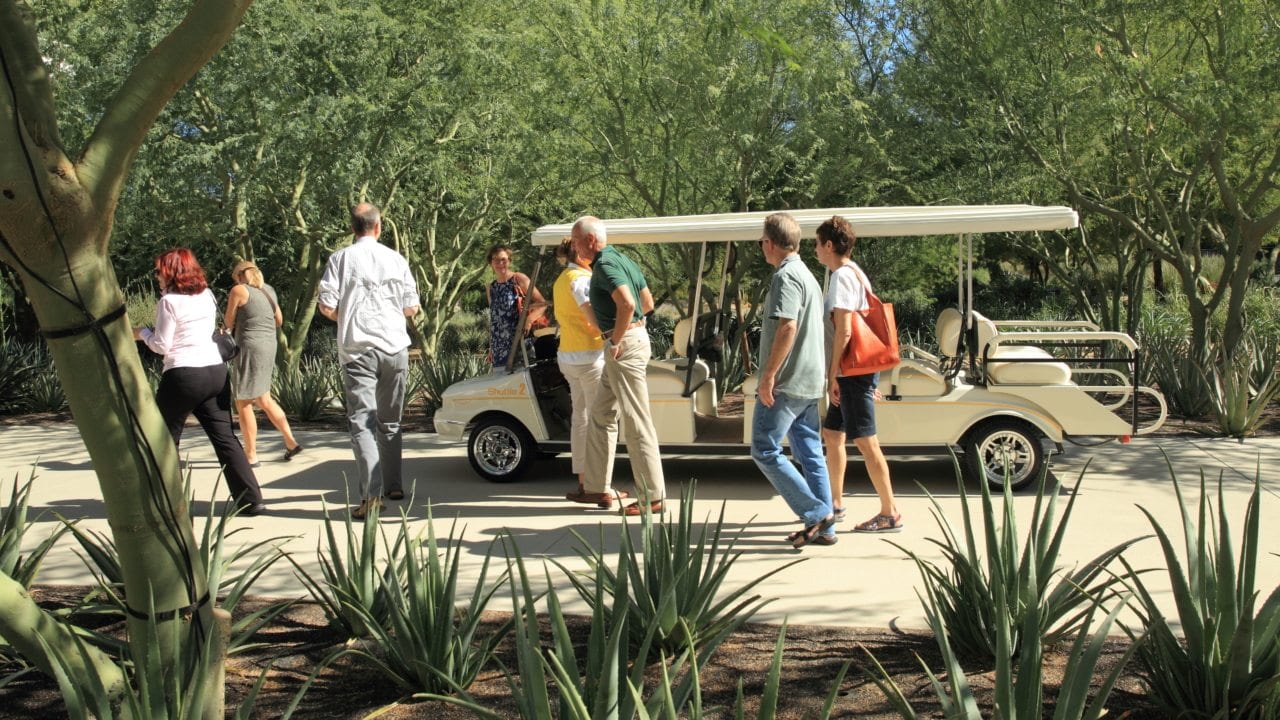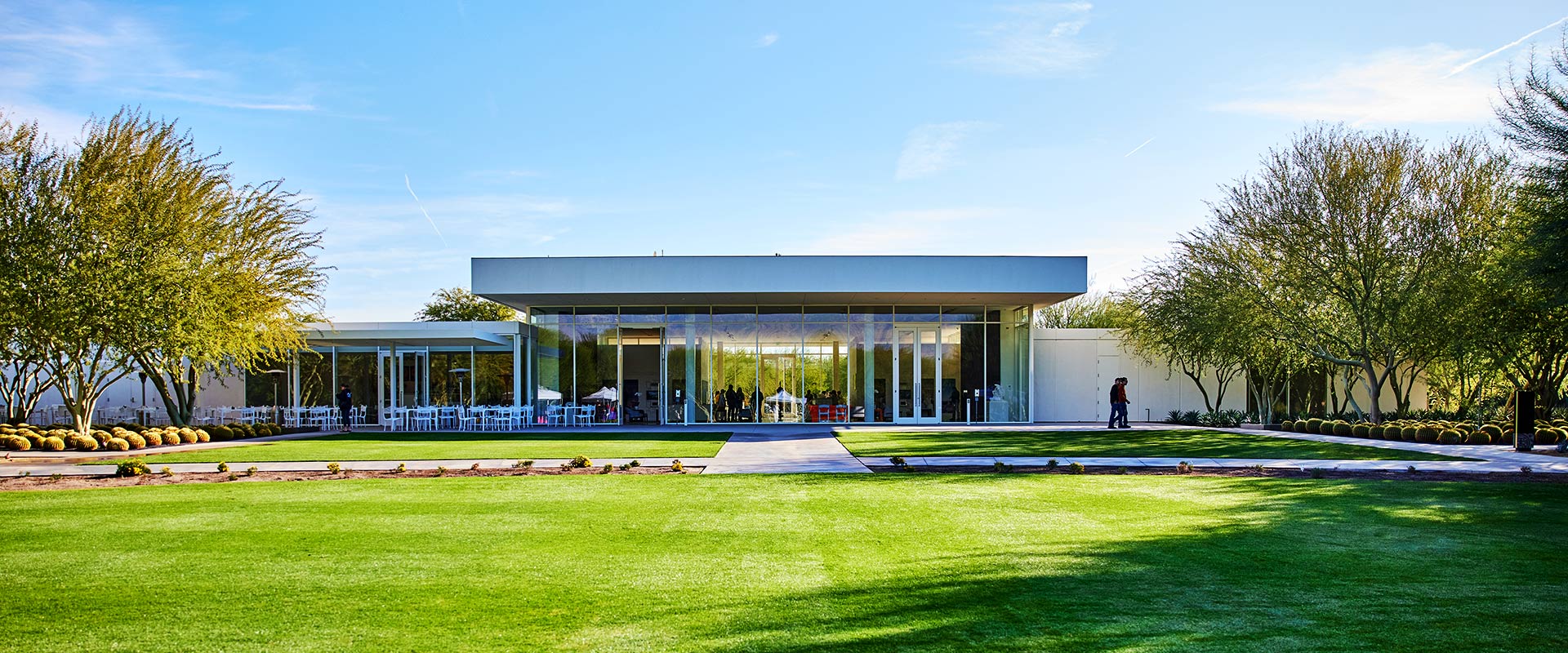
ShakeOut, a day of earthquake preparedness education, is held every year on the third Thursday in October. Sunnylands is dedicated to sharing earthquake preparedness information with the public. With these resources, you can hold your ShakeOut drill when and where you want.




Recursos de Sunnylands para Shakeout
Get ready to ShakeOut!
Sunnylands and participating organizations spread awareness about the science of earthquakes, earthquake safety, and preparation.
Participating schools and organizations include:
- Cathedral City Elementary School students will explore the on-site resources and participate in an earthquake preparedness scavenger hunt around the Center & Gardens.
- Animal Samaritans will share details on how pet owners can prepare for an earthquake.
- The Coachella Valley Disaster Preparedness Network (CVDPN) will provide resources in English and Spanish.
- The Rancho Mirage Emergency Preparedness Commission will share information regarding its emergency response program and will hand out Rocket Rules workbooks that highlight emergency and safety information geared toward children from three to nine years of age.
- Earthquake preparedness information, including a large map of area fault lines, will be found throughout the Center & Gardens.
- Recommended earthquake safety actions
- Informational booklets in English and Spanish
Families are encouraged to participate. Programming is appropriate for homeschoolers. For more information, please contact the education department at 760.202.2251 or education@sunnylands.org.




